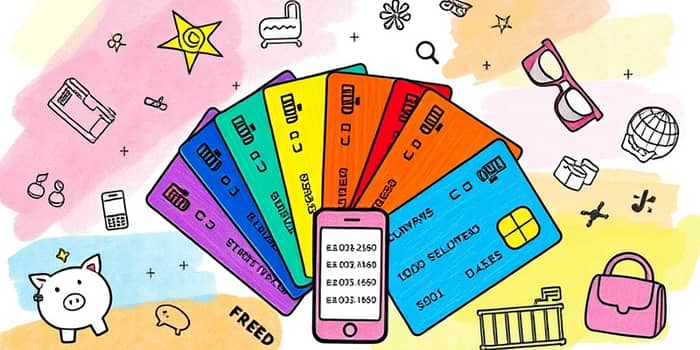
In today’s fast-paced world, maintaining precise control over your spending can feel like an uphill battle. Prepaid debit cards emerge as a pragmatic and empowering tool for managing expenses, giving you a clear boundary on how much you can spend.
This article dives deep into how these cards work, explores their key advantages and potential fees, and lays out practical guidelines to empower readers to take control of their finances without the risk of hidden overdrafts.
Whether you’re new to budgeting or seeking fresh strategies to refine your financial habits, these insights will help you establish a robust, limited-scope budget using prepaid debit cards.
A prepaid debit card is a commercial payment card preloaded with a specific amount of money. Unlike standard debit or credit cards linked to bank accounts or credit lines, prepaid cards allow you to spend only what you preload onto the card, eliminating the possibility of overspending.
Most cards offer reloadability, so you can reload funds multiple times after the initial load. Reload methods vary—bank transfers, in-person cash reloads at partner retailers, or direct deposit options—and each may carry a different fee.
Issued by banks or financial institutions, these cards typically feature microchips. Such embedded microchips that provide encrypted transaction security greatly reduce fraud risk compared to traditional magnetic-stripe cards. Additionally, the funds on the cards are FDIC insured up to applicable limits, offering an extra layer of peace of mind.
Prepaid debit cards shine when it comes to promoting disciplined spending and enhancing financial awareness. They transform abstract budgeting goals into tangible spending limits.
By converting abstract numbers on a spreadsheet into physical card balances, you gain an intuitive sense of how much you’ve spent and how much remains.
While prepaid cards help curb overspending, they can carry various fees. Understanding these charges is essential to choosing the right product for your needs.
Review each card’s fee schedule thoroughly. Even modest charges can erode your budget over time if left unchecked.
To get the most from your prepaid card, adopt a set of clear, consistent practices that ensure efficiency and transparency in every transaction.
By institutionalizing these practices, you’ll reinforce a cycle of accountability and confidence in your budgeting system.
Despite their advantages, prepaid debit cards are not a catch-all solution. They cannot replace a full-service bank account and may lack features like credit-building opportunities and extensive customer support.
Reload limits can restrict high-value budgets. Some cards cap reloads at a few thousand dollars, which might not suit larger expense plans. Check each issuer’s policies to ensure they align with your financial needs.
Transaction restrictions may apply. Certain cards won’t support cash advances, deposits from unfamiliar sources, or specific recurring charges. Always verify acceptable use cases before committing.
Finally, fees—though generally predictable—can accumulate. Balancing these costs against your budgeting goals will help you choose the optimal card for your lifestyle.
Prepaid debit cards offer a powerful, intuitive approach to budgeting. By limiting spending to preloaded funds, enhancing real-time visibility, and segmenting your finances by category, you transform vague intentions into actionable milestones.
Embrace these tools thoughtfully—understanding fees, adopting best practices, and remaining mindful of limitations—to build a resilient, controlled financial routine. With each swipe, you’ll reinforce responsible habits and take concrete steps toward a brighter, debt-free future.
References













